SfN 2024 - American Neuroscience Society conference in Chicago
The internet has finally taken over the SfN conferences, and there is hardly anyone who doesn't have a smartphone/iPad in their hand at all times. Excellent apps help you to find your way quickly and easily, which is a must at a conference with more than 22,000 participants. But the technical innovation only shows that the conference is moving with the times. The essence today is still what its creators envisioned in 1971: neuroscience from A to Z.
Who now thinks that the term "neuroscience" is only about 60 years old, and was first used by Francis O. Schmitt, one of the founders of the Neuroscience Research Program at MIT (Massachusetts Institute of Technology) in 1962? Together with his colleagues, they concluded that there was a need for conferences that could bring together researchers from seemingly distant disciplines, including not only the more distant fields of neuroscience but everything from mathematics to computer science to molecular biology that might have a connection with the questions to be addressed in neuroscience. Since then, the list of disciplines has grown considerably, and attendance at conferences has jumped by orders of magnitude. While the first conference of the SfN, founded in 1969 and held in Washington D.C. in 1971, had about 1300 participants, by the end of the 1920s this number had grown to over 30,000.
After 2020, a year that will not leave many pleasant memories, the drop in attendance may have meant a momentary and tiny reduction in the burden on the Earth, but if the number of visitors to the online broadcasts is included, there is no real drop. Moreover, the fact that streamed presentations can be viewed back by registered participants until mid-November is a particularly useful feature.
Chicago welcomed us with almost summer-like warm weather. The exhibition hall and rooms of the McCormick Place Exhibition Center comfortably accommodated no more than 22,000 attendees, and among the 1,500 to 1,600 exhibitors were at least two Hungarian companies, represented by KOKI staff. Our former colleagues at 3DHistech, Viktor Kis and Marci Mayer, greeted us enthusiastically every time we met, and as always for years, we could visit our colleagues at Femtonics, which was founded by Balázs Rózsa and Gergely Katona.
And, of course, there were researchers from our institute. What they learned at the conference will be put to good use in their future work. They shared with us some of their fresh experiences.
Andrea Kádár PhD and Edina Varga PhD (Csaba Fekete's group) were waiting for the visitors at the first poster session of the conference, on the afternoon of 5 November 2024, for their poster titled "Importance of GLP-1 receptor produced in the orexigenic AgRP/NPY neurons of the arcuate nucleus".
Andrea
- GLP-1 is a hormone produced by the small intestine, which has a very important effect of reducing the amount of glucose (sugar) in the blood but also affects the brain's areas that process hunger and satiety. The effects of GLP-1 are mediated by its receptor. The topic is popular, and not without reason, as synthetic molecules that bind to the receptor (GLP-1 agonists) may also help in the treatment of type 2 diabetes and obesity.
Our poster was well attended and everything went very well. We are working on this topic together with Edina. She does the electrophysiological experiments on brain slices and I do the metabolic measurements on free-moving mice. This part of the project was not yet finished, so the poster was mainly Edina's results, so she was the presenting author. In our session, there were several papers dealing with the role of GLP-1 and its receptor in energy metabolism, and fortunately, we had the opportunity to talk to the authors and exchange information.
Emi Bősz PhD student (Acsády group)
- The scientific value of the SfN conferences is very high, and for me, the biggest benefit is the unpublished results in the posters. I recommend them for the scientific knowledge they provide and for the networking opportunities they offer. On the one hand, it brings together Hungarian researchers from all over the world, and we can share our experiences over a pleasant dinner. In addition, informal discussions can take place at the poster sessions, but LinkedIn contacts and e-mail addresses can also be exchanged in the hope of possible further positions and collaborations.
Gergely Komlósi postdoc (Acsády group)
- The SfN conference is the most exhausting and tiring of all conferences. Yet, every day I am captivated by the endless number of posters, searching for the ones that interest me. Here, not only is it inspiring to always find a poster that is relevant and interesting to my research, but it is a unique experience to see the crowds of people surrounding a poster and hear the buzz around the posters. After many years of attending conferences, I've made enough acquaintances and friends to run into them at these times. We discuss how everyone is doing, and meet up not only at the conference but also in the evenings after the conference.
Szabó Írisz postdoc (Balázs Hangya's group)
- I was very happy to participate in this year's SfN conference in Chicago, where I was able to present my project. The conference was very inspiring, because it covered the whole neuroscience spectrum and everyone could find the topics of most interest to them, whether they chose shorter or longer presentations. The plenary lectures also brought a lot of new and fundamental knowledge, which helped me to put my work into a broader context. The poster session also attracted a lot of interest and gave me very useful feedback, which I will incorporate into my research in the future. All in all, the conference was an excellent opportunity to network professionally and to gather new ideas. And the SfN app was a great help in orientation and organization, which only added to the positive experience.
Bálint Király (already) postdoc (Balázs Hangya's group)
It was certainly worth going, as I have never been to a conference of this size, which, like the city of Chicago, was staggering in its monumentality. That alone was interesting to see. Otherwise, of course, the SfN was like conferences in general, except that you could always listen to a relevant, interesting, and thought-provoking presentation from such a wide range of speakers, and see the whole spectrum of neuroscience in the world in one place.
The gigantic poster session was very well organized, it gave us the space and time we needed, and it was also a chance to talk to a lot of people who rarely come to Europe, which is a pity because we are working on very similar issues. It is always very interesting to connect faces with the authors of articles.
It was also a good experience to have my poster room. I am glad that many people found the results interesting, especially now that we are about to publish them.





